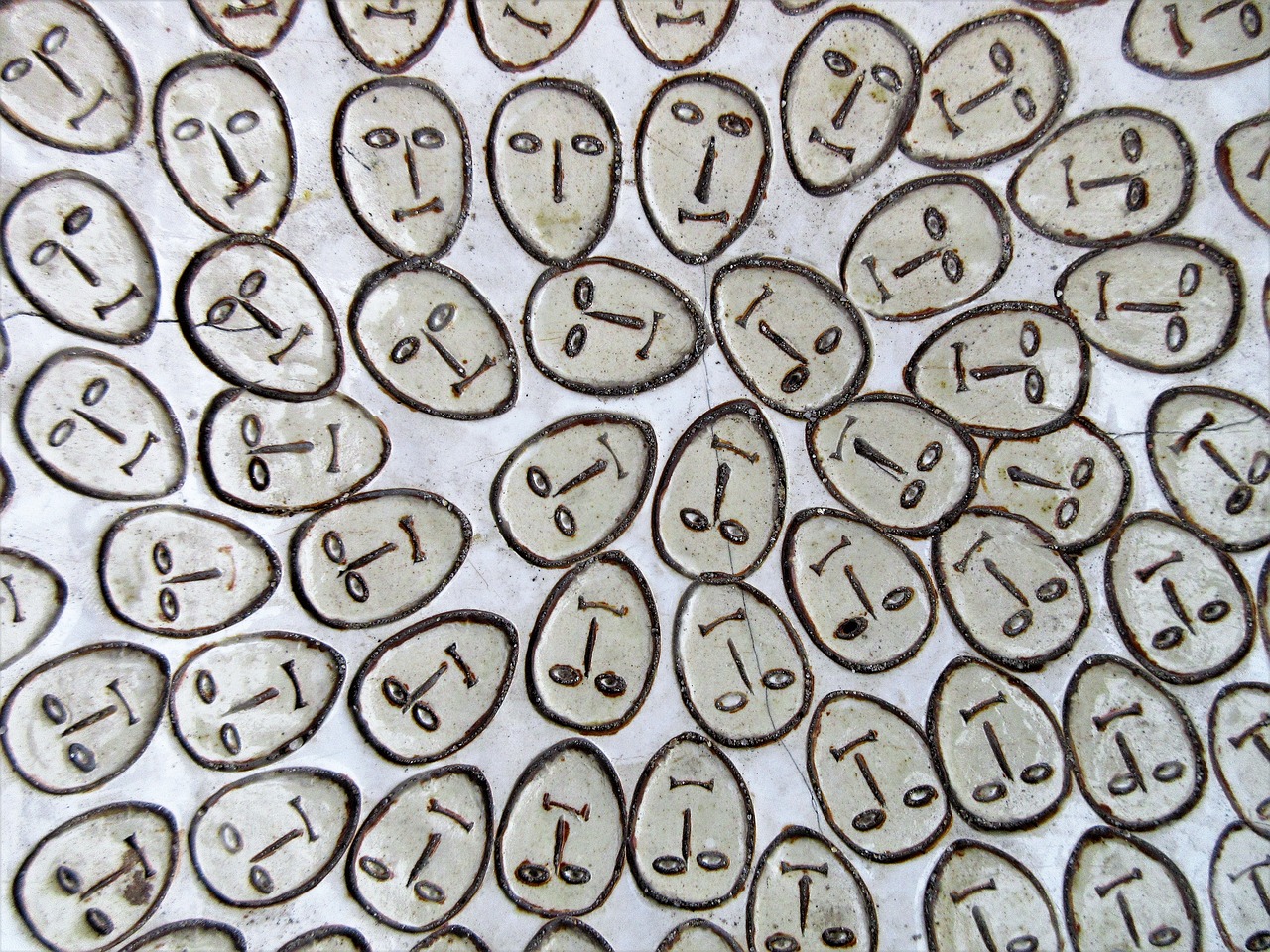If you are the 1 in 4 having delirium you better hope like hell your stroke doctor and hospital have those delirium prevention protocols ready to use.
Delirium – an overlooked complication of stroke
Delirium – an overlooked complication of stroke
By Kateriine Orav, Department of Neurology, North Estonia Medical Center, Estonia
Most doctors have encountered late night negotiations with patients who suddenly discover themselves in a bizarre reality and are convinced the only thing to do is escape. Or patients who believe the nasogastric tube is a sort of evil creature that needs to be removed. And quite often we fail to comprehend the impact and distress this condition is having on the patient. Stroke patients are a unique group of patients who can develop delirium because underlying the acute brain dysfunction characteristic of this disorder is an actual structural brain disease. Delirium has received unproportionally little attention in stroke care. Even though it is rather common, affecting approximately 1 in 4 people.1
By Kateriine Orav, Department of Neurology, North Estonia Medical Center, Estonia
Most doctors have encountered late night negotiations with patients who suddenly discover themselves in a bizarre reality and are convinced the only thing to do is escape. Or patients who believe the nasogastric tube is a sort of evil creature that needs to be removed. And quite often we fail to comprehend the impact and distress this condition is having on the patient. Stroke patients are a unique group of patients who can develop delirium because underlying the acute brain dysfunction characteristic of this disorder is an actual structural brain disease. Delirium has received unproportionally little attention in stroke care. Even though it is rather common, affecting approximately 1 in 4 people.1
Detection
of delirium is important for several reasons. Firstly, stroke patients
who develop delirium have worse outcomes: higher inpatient and long-term
mortality, longer hospitalizations and a greater degree of dependency
after discharge.2 In addition, the experience of delirium can
be very traumatic for patients and many studies have shown an increased
rate of depression and post-traumatic stress disorder after ICU
delirium,3 but this has not been adequately studied in stroke patients.
However,
the diagnosis of delirium is often quite difficult and even more so in
stroke patients, due to prevalent language disorders, neglect, mood
disturbances and cognitive impairment. Hyperactive delirium often
attracts the attention of medical personnel but is 3 times less common
than the hypoactive delirium subtype, which can be easily missed when
the patient is perceived as cooperative and exhibits few behavioral
problems.4
There are many factors that can increase the risk of developing post-stroke delirium. It is more common in patients with advanced age, worse pre-stroke function and cognitive impairment, more severe stroke, previous depression, use of certain medications, comorbid disorders and co-occurring infection.1,4 In addition patients with visio-spatial neglect (which is more commonly associated with right hemispheric strokes) and any kind of visual disturbances (poor vision pre-stroke, hemianopsia) have an increased risk of delirium.4,5
Early detection of delirium is crucial to tailor specific interventions, however there is much uncertainty about which tools to use in stroke patients. The 4-Assessment Test for delirium (4AT) and the Confusion Assessment Method-Intensive Care Unit (CAM-ICU) have been studied most and both have a high sensitivity and specificity.6 Without structured assessment and often serial observations delirium can be missed, especially the hypoactive subtype.7 The majority of delirium is detected on the first day of admission and the remainder within the next 5 days,8 therefore ideally patients should be assessed for delirium regularly during at least this time period.
There are many factors that can increase the risk of developing post-stroke delirium. It is more common in patients with advanced age, worse pre-stroke function and cognitive impairment, more severe stroke, previous depression, use of certain medications, comorbid disorders and co-occurring infection.1,4 In addition patients with visio-spatial neglect (which is more commonly associated with right hemispheric strokes) and any kind of visual disturbances (poor vision pre-stroke, hemianopsia) have an increased risk of delirium.4,5
Early detection of delirium is crucial to tailor specific interventions, however there is much uncertainty about which tools to use in stroke patients. The 4-Assessment Test for delirium (4AT) and the Confusion Assessment Method-Intensive Care Unit (CAM-ICU) have been studied most and both have a high sensitivity and specificity.6 Without structured assessment and often serial observations delirium can be missed, especially the hypoactive subtype.7 The majority of delirium is detected on the first day of admission and the remainder within the next 5 days,8 therefore ideally patients should be assessed for delirium regularly during at least this time period.
Aiming
to prevent delirium and minimizing its negative consequences should be a
priority in stroke care. There is strong evidence supporting
multi-component interventions to prevent delirium in patients
hospitalized in medical and surgical wards and less robust evidence that
they can reduce the severity of delirium.9 Several guidelines are dedicated to this topic in the non-stroke population.7
However, there is scarce evidence about the efficacy of delirium
prevention interventions in stroke patients and not all interventions
can be easily applied in this cohort. A few studies have shown that
delirium prevention protocols were able to decrease delirium incidence
and severity in stroke patients,10 as well as reduce length of hospitalization in a neuroscience ward.11
Whether the reduction in delirium incidence and length would also
translate into better functional outcome in stroke patients remains to
be answered.
Delirium
can also be considered as a marker of quality of care and delirium
incidence seems to have decreased with multidisciplinary care offered in
stroke units that partially overlaps with multicomponent interventions
proven to reduce delirium incidence.1 Therefore, delirium
prevention, screening and management should be part of the daily routine
in stroke care. Delirium prevention protocols that are better adjusted
for stroke patients with different deficits (including cognition and
language) will hopefully be available in the future.


No comments:
Post a Comment